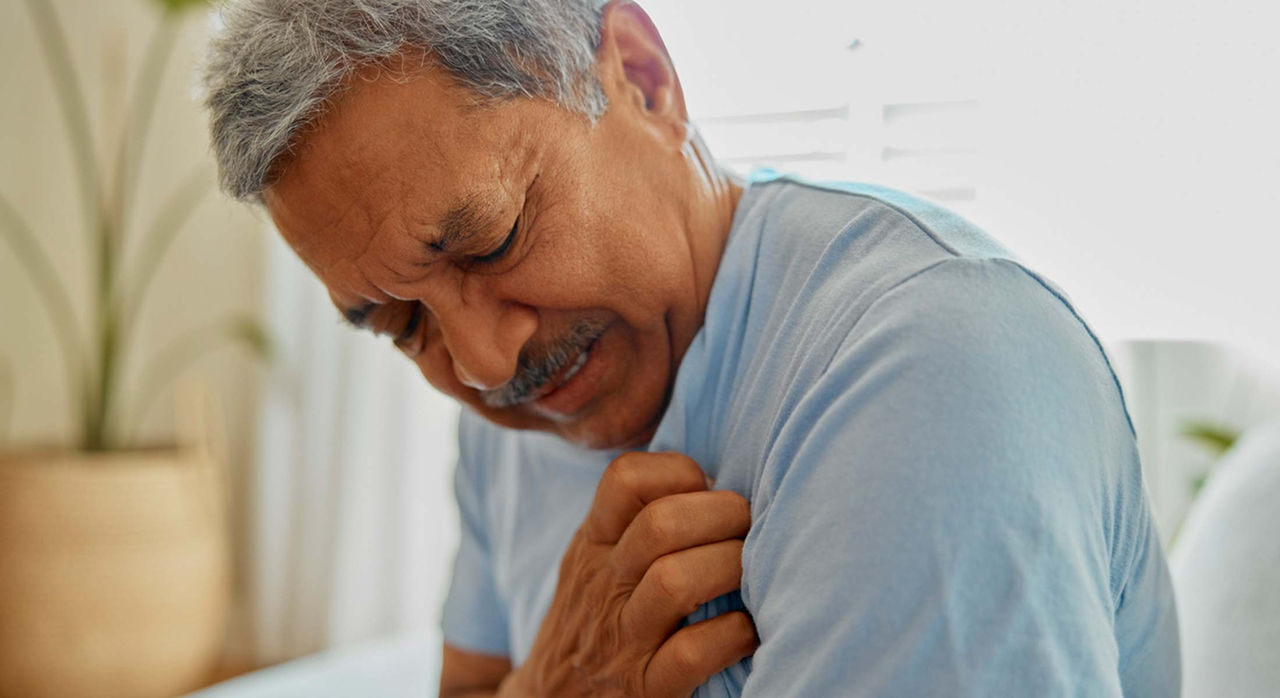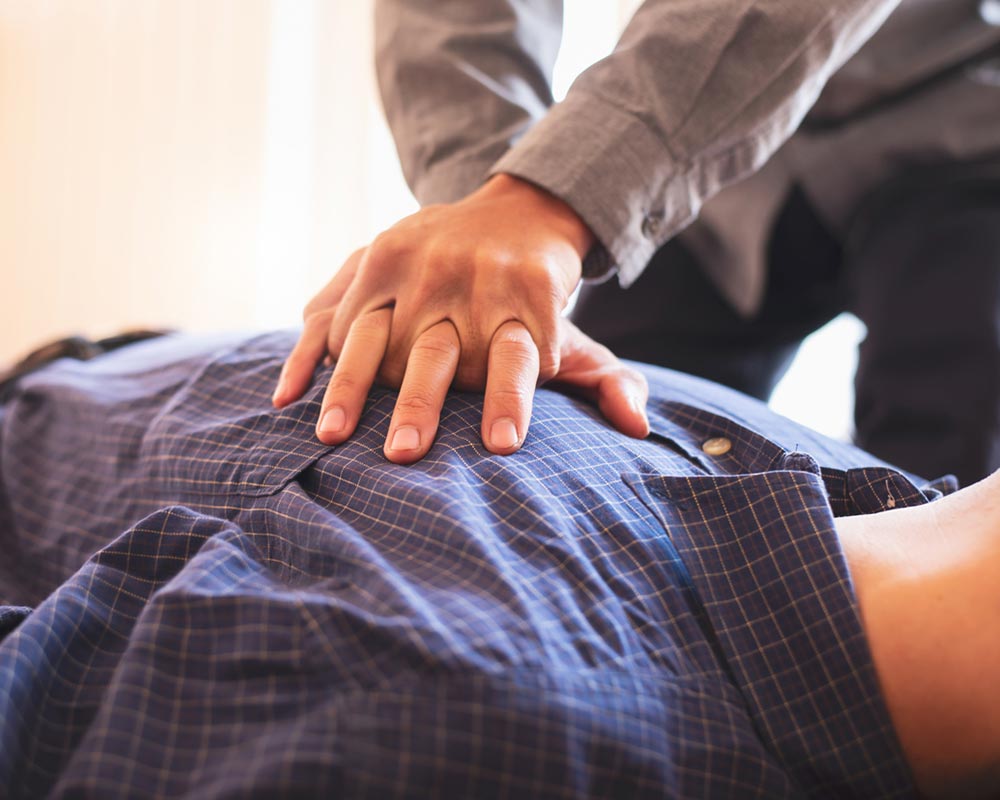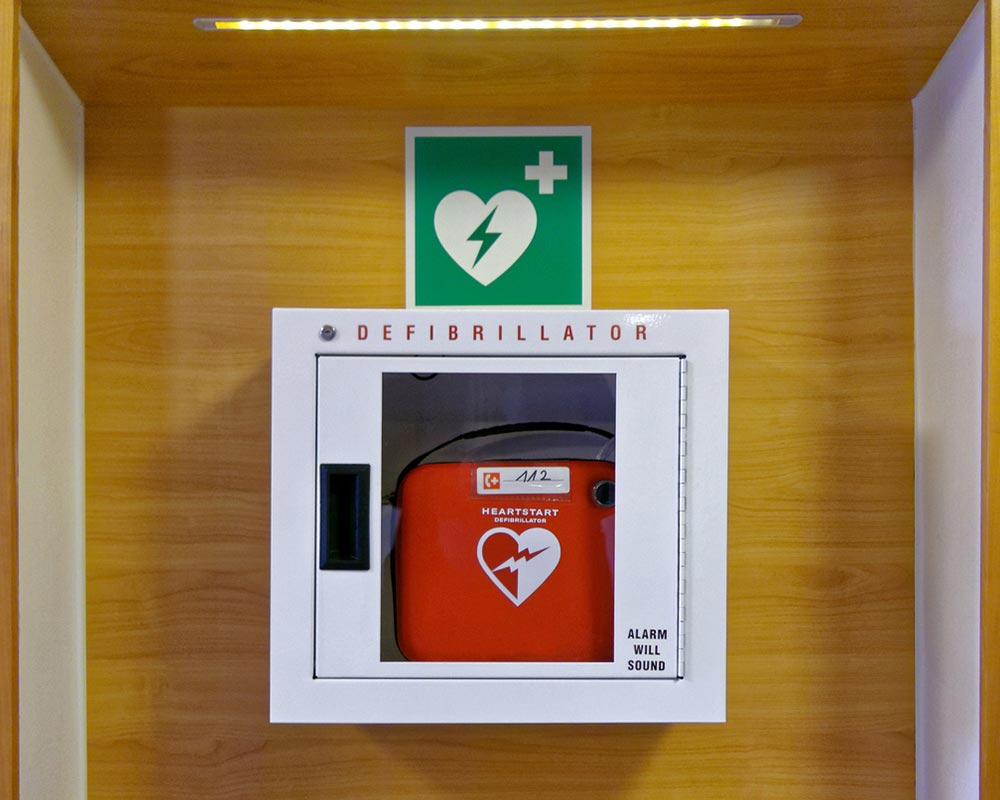-
- Find Care
-
- Visitor Information
- Find a Location
- Shuttles
- Visitor Policies
-
-
- Our Virtual Care Options
- Virtual Urgent Care
- Virtual Visits for Primary & Specialty Care
- Online Second Opinions
- Participate in Research
-
- Contact us
-
- For Innovators
- Commercialization Guide for Innovators
-
-
- Research News
- Alzheimer's Disease
- Artificial Intelligence
-
- Overview
-
- Overview
- Getting Started
- New to Mass General Brigham
- International Patient Services
- What Is Patient Gateway?
- Planning Your Visit
- Find a Doctor (opens link in new tab)
- Appointments
- Patient Resources
- Health & Wellness
- Flu, COVID-19, & RSV
- Billing & Insurance
- Financial Assistance
- Medicare and MassHealth ACOs
- Participate in Research
- Educational Resources
- Visitor Information
- Find a Location
- Shuttles
- Visitor Policies
- Find Care
-
- Overview
- Our Virtual Care Options
- Virtual Urgent Care
- Virtual Visits for Primary & Specialty Care
- Online Second Opinions
-
- Overview
- Participate in Research
-
- Overview
- About Innovation
- About
- Team
- News
- For Industry
- Venture Capital and Investments
- World Medical Innovation Forum (opens link in new tab)
- Featured Licensing Opportunities
- For Innovators
- Commercialization Guide for Innovators
- Contact us
-
- Overview
- Information for Researchers
- Compliance Office
- Research Cores
- Clinical Trials
- Advisory Services
- Featured Research
- Two Centuries of Breakthroughs
- Advances in Motion (opens link in new tab)
- Brigham on a Mission (opens link in new tab)
- Gene and Cell Therapy Institute
- Research News
- Alzheimer's Disease
- Artificial Intelligence
-
- Overview
-
- Overview
- Residency & fellowship programs
- Brigham and Women's Hospital
- Massachusetts General Hospital
- Mass Eye and Ear
- Newton-Wellesley Hospital
- Salem Hospital
- Integrated Mass General Brigham Programs
- Centers of Expertise
- Global & Community Health
- Health Policy & Management
- Healthcare Quality & Patient Safey
- Medical Education
- For trainees
- Prospective trainees
- Incoming trainees
- Current trainees
- Continuing Professional Development
Heart Attack Warning Signs

Someone in the U.S. suffers a heart attack every 40 seconds, but a quick emergency response can help save lives.
DaMarcus Baymon, MD, a Mass General Brigham emergency medicine doctor, explains what to do if you think someone is having a heart attack. Dr. Baymon cares for patients at Brigham and Women’s Hospital main campus and Brigham and Women’s Faulkner Hospital.
What are signs and symptoms of a heart attack?
If you think someone is showing signs of a heart attack, call 911 right away.
“Many heart attacks are very recognizable from their symptoms, but in fact, nearly half of people who have a heart attack don’t realize it at the time,” says Dr. Baymon.
Heart attack signs and symptoms in both men and women can include:
- Chest pain or pressure
- Shortness of breath
- Cold sweat at rest
- Weakness or light-headedness
- Pain or discomfort in the neck, back, jaw, arms, or shoulders
For women, symptoms can also include:
- Nausea
- Abdominal pain and cramping
What to do if having a heart attack
After you’ve called 911, “Emergency medication can do a lot to reduce damage to the heart,” says Dr. Baymon.
Ask the person to chew and swallow an aspirin immediately, as long as they aren’t allergic to it. This can help thin the blood.
If the person already has a heart condition and has been prescribed nitroglycerin by their cardiologist, they should take the medication right away. Nitroglycerin treats chest pain in people with coronary artery disease. It works by relaxing blood vessels, which reduces the workload of the heart.
If the person isn’t breathing or doesn’t have a pulse, start performing CPR and use an automated external defibrillator (AED) if one’s available nearby.
Use an AED


